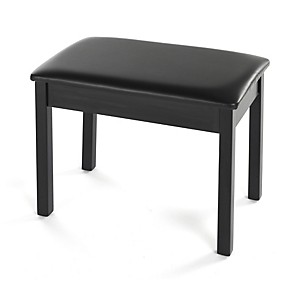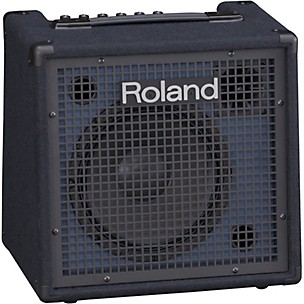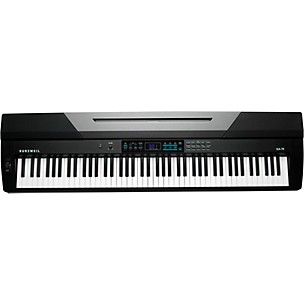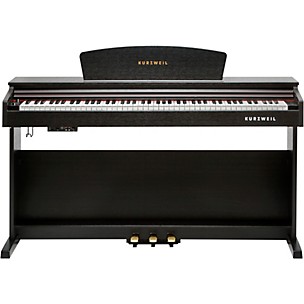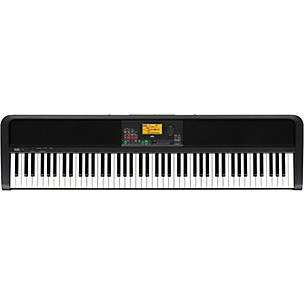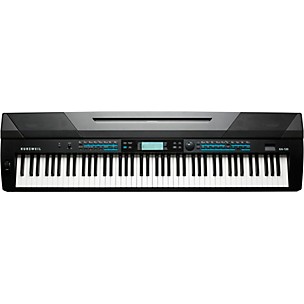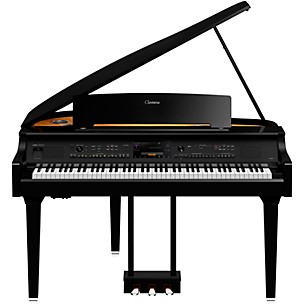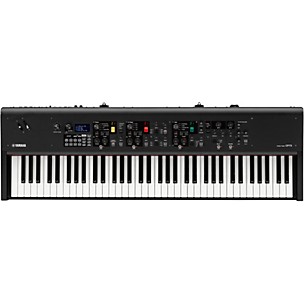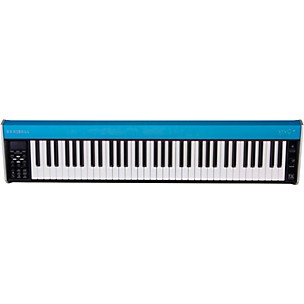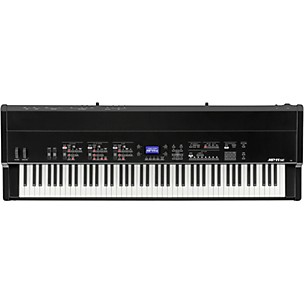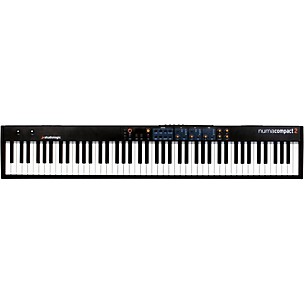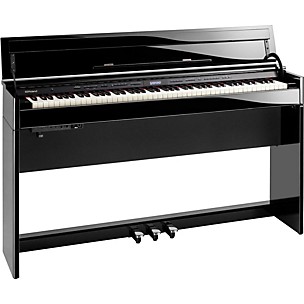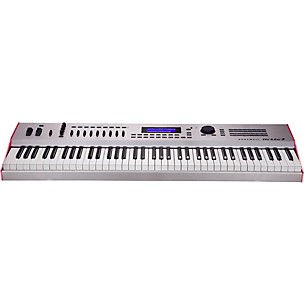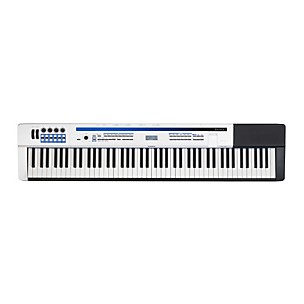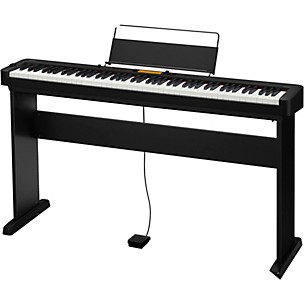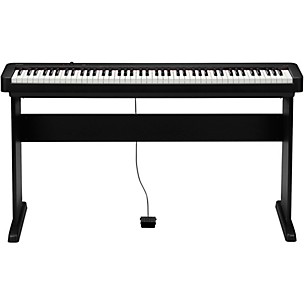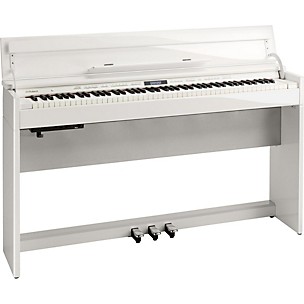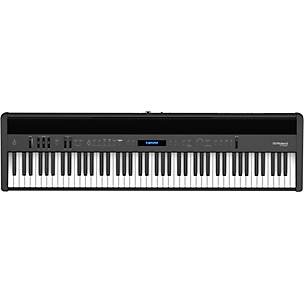
Top Brands

Tips on How to Become a Better Piano Player
READ MORE
What’s the Difference Between a Digital Piano and a Keyboard?
READ MORETop Selling Accessories
Digital Pianos
About Digital Pianos
The digital piano is a specific kind of electronic keyboard that acts as a compact and lightweight alternative to a standard piano. Today's digital pianos feature hammer action keys (88-key being the norm) to emulate the sound and playability of their acoustic counterparts very accurately; some models can even replicate the sound of a pipe organ Hammond organ and harpsichord. They have many other advantages as well: digital pianos are more affordable their volume can be controlled and they never have to be tuned. Most digital pianos even have a headphone option for musicians who live in apartments where volume might be an issue. Because of these many benefits digital pianos are often preferred over acoustic pianos by music educators and their pupils - this includes for amateur performances and school recitals.
Over the decades the possibilities of what a musician can do with a digital piano have grown tremendously. With technology advancing by the second players are discovering new innovative ways to manipulate their sound - even beyond the use of volume expression and sustain pedals. MIDI (short for Musical Instrument Digital Interface) was introduced in the early 1980s and allows digital pianists to connect their instrument to a computer so it can control (or be controlled by) other sequencers and instruments. MIDI digital pianos often have a disk drive to upload other MIDI data. Common effects and instruments that MIDI can offer are: tremolo phasers chorus stringed instruments and drum sounds. Digital Pianos (including models with MIDI connection) are offered by many respected musical instrument brands with Williams and Yamaha being among the most popular.

